The Philippines is a beautiful place to visit. But like with many other countries, there can be a lot of misunderstanding about what is acceptable or not in this southeast island nation.
There are many myths about the Philippines and what is acceptable or not. Some of these myths can almost seem outlandish such as whether you can wear shorts or more as a question to know if you can drink tap water when visiting the Philippines.
Table of Contents
- 10 Of Our Favorite Myths Debunked About The Philippines
- Myth 1 – Nurses And Doctors Cannot Have Tattoos
- Myth 2 – Drinking Tap Water Is Okay
- Myth 3 – You Cannot Wear Short In The Philippines
- Myth 4 – The Philippines Is Not A Safe Place
- Myth 5 – The Filipinos Are All Skinny
- Myth 6 – The Philippines Has No Diabetes
- Myth 7 – The Filipinos Are Not Hard Workers
- Myth 8 – Filipinos Are All Happy-Go-Lucky
- Myth 9 – Filipinos All Want To Live In America
- Myth 10 – The Philippine Has A Huge Muslim Population
- Listen To Our Podcast About Beyond the Tropics: Navigating 10 Myths About The Philippines Below or By clicking here.
- Related Questions
10 Of Our Favorite Myths Debunked About The Philippines
The Philippines has become a popular destination amongst travelers and ex-pats alike, but with its reputation for being shrouded in mystery, many misconceptions about it still exist. For that reason, we’ve taken it upon ourselves to debunk some of these myths and settle whether this beloved nation lives up to its rumored status.
Myth 1 – Nurses And Doctors Cannot Have Tattoos
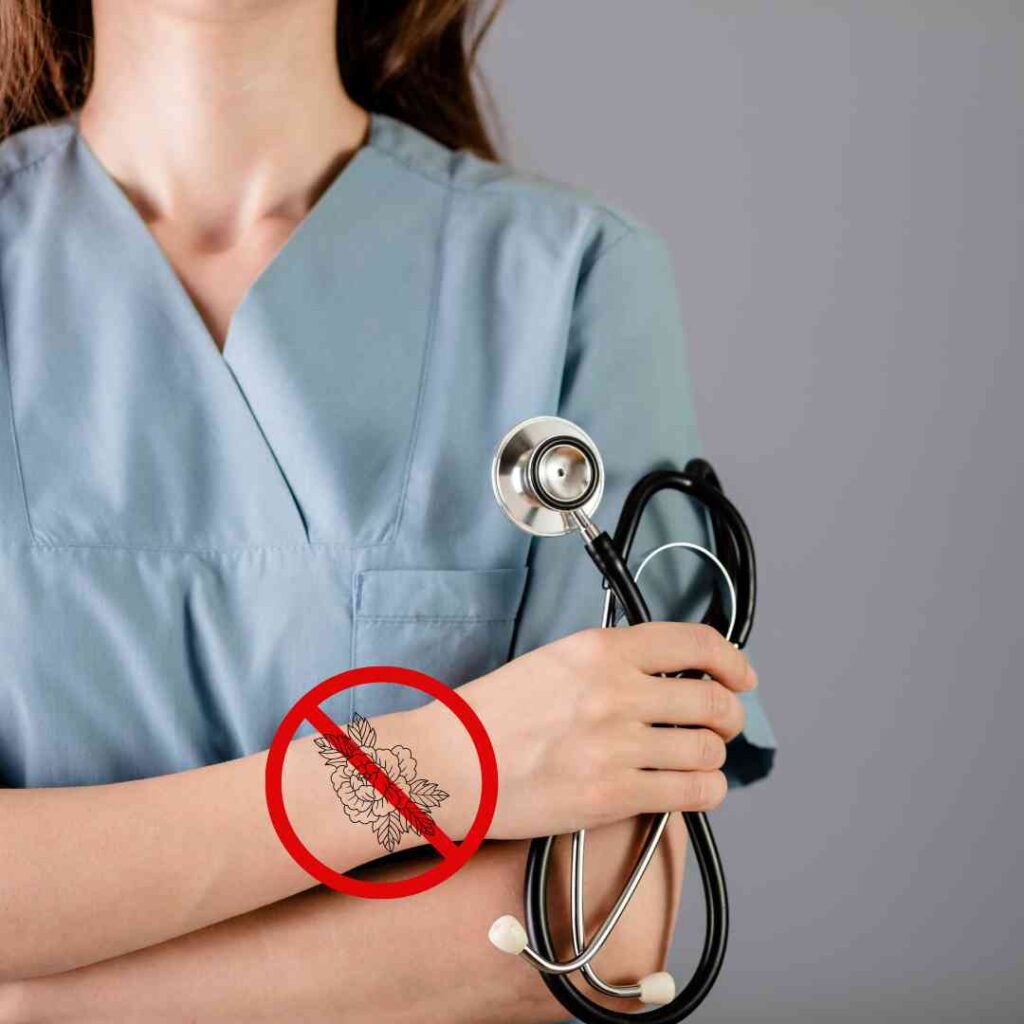
Answer – Doctors and nurses in the Philippines can have tattoos
In many parts of the Philippines, the people are conservative; if the tattoos are apparent, this may be a problem for some hospitals and locations where the local people are more traditional.
Even in the United States, some hospitals want only to hire a doctor or nurse who does not have a lot of noticeable tattoos or piercings – especially if they choose a candidate that does not have tattoos or piercings.
In the Philippines, doctors and nurses can have tattoos, but they are encouraged not to have tattoos or noticeable piercings, especially if they are working with patients.
Myth 2 – Drinking Tap Water Is Okay
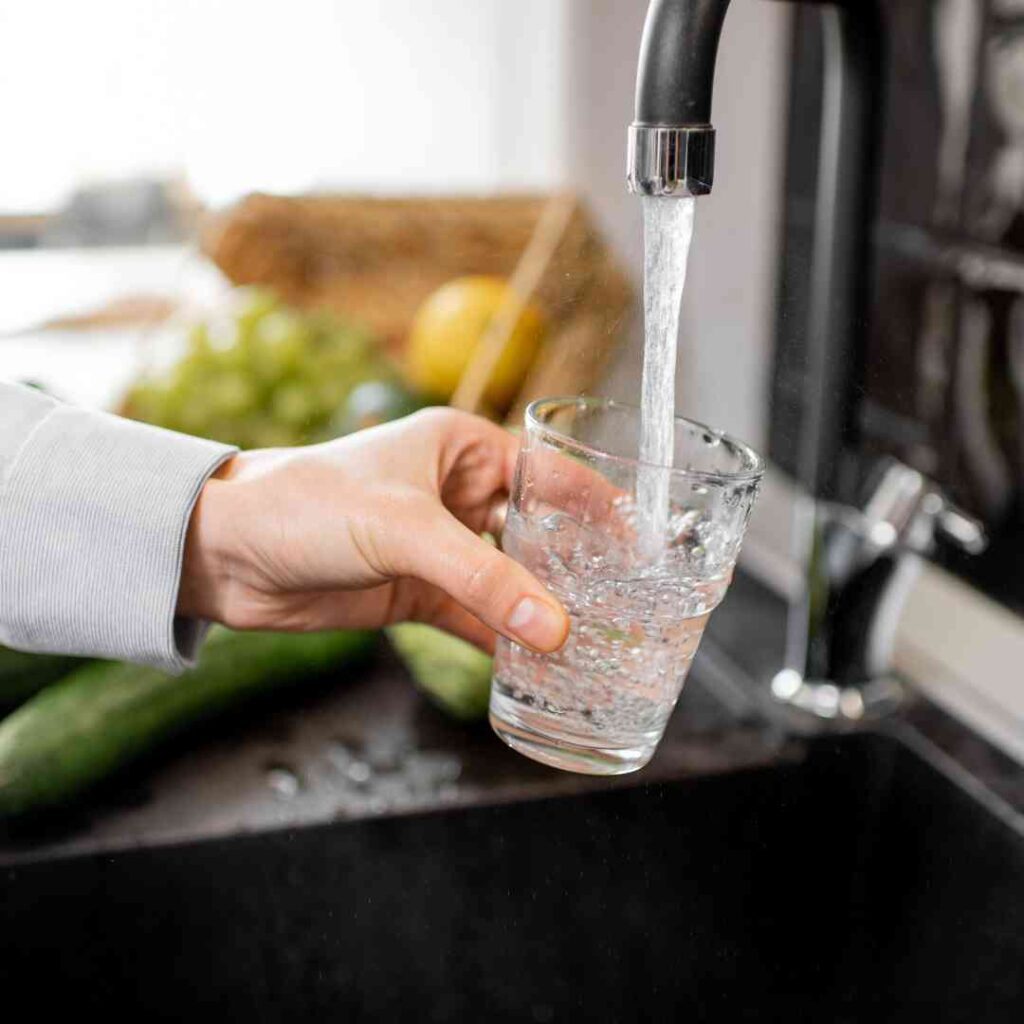
Answer – You should not drink tap water in the Philippines.
I do not know anywhere in Southeast Asia or Asia where you should drink tap water. You usually find bottled water everywhere you go – even in many of the hotel rooms. Most Asian people will never drink water from the tap.
Do not drink tap water because it is probably not clean enough. All Filipinos drink bottled or safely boiled water.
Myth 3 – You Cannot Wear Short In The Philippines

Answer – You can wear shorts in the Philippines.
The Philippines has a hot tropical climate, so many Filipinos wear shorts.
The Philippines is less conservative than many other neighboring countries in Southeast Asia so you will find people with shorter skirts, tank tops, and sleeveless shirts however, if you are traveling to the Philippines and don’t want to attract too much attention, put on longer and not very short shorts.
As the Philippines can be so hot, we suggest loose-fitting pants or shorts for men; this will help to keep you cool. Long, loose skirts for women are always a great choice in the hot weather.
Myth 4 – The Philippines Is Not A Safe Place

Answer – Many parts of the Philippines are safe.
The Philippines has gotten a bad rap as there have been some very hot high-profile cases where people have been kidnapped or killed. This only happens in particular areas of the Philippines and not everywhere – and usually not in the major tourist areas.
The areas where the kidnappings happened are not tourism areas. If you are unsure, ask someone in the Philippines and check with your hotel to ensure that the location you will travel to within the Philippines is safe.
Of course, like any other country in Southeast Asia, you need to be mindful of pickpocketing or other petty crimes.
Myth 5 – The Filipinos Are All Skinny

Answer – Not all Filipinos are skinny.
There are much fewer Filipinos classified as obese than compared to the United States. Over 37% of the Filipino population in the Philippines is considered overweight or obese.
In the United States, over 36% of the population is considered obese, and 32% are considered overweight. Compared to the United States, Filipinos are pretty slender and relatively good or in better shape than Americans.
In the Philippines, it is pretty expensive to eat vegetables. Many Filipinos eat a lot of meat, rice, and carbs, all foods that can help increase weight.
Well, I was in the Philippines a few years ago. I was staying very near the ocean. I was surprised to discover that the salad I ordered would cost almost as much as the meats and rice dishes. I found the vegetables there quite expensive compared to many other types of food.
Myth 6 – The Philippines Has No Diabetes
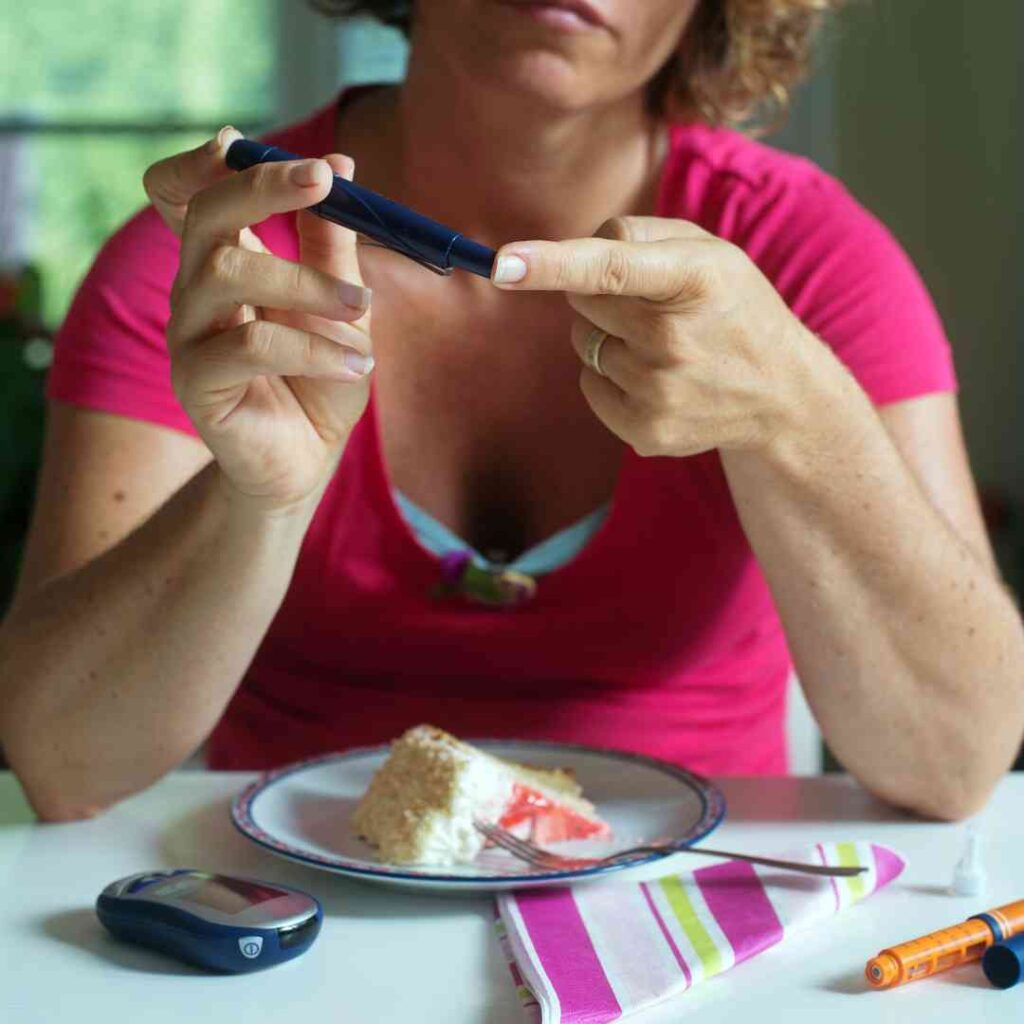
Answer – Diabetes cases are rising in the Philippines.
In the Philippines, one in fourteen adults has diabetes. This is still quite a large number for a country that not too many years ago didn’t have much diabetes. Many people attribute this to the onset of Western-style fast foods.
The Philippines still does better than the United States; in the United States, one in ten adults suffers from diabetes. Even though the Philippines is still doing better than the USA, they are not so far behind the United States and may soon catch up to us.
Myth 7 – The Filipinos Are Not Hard Workers
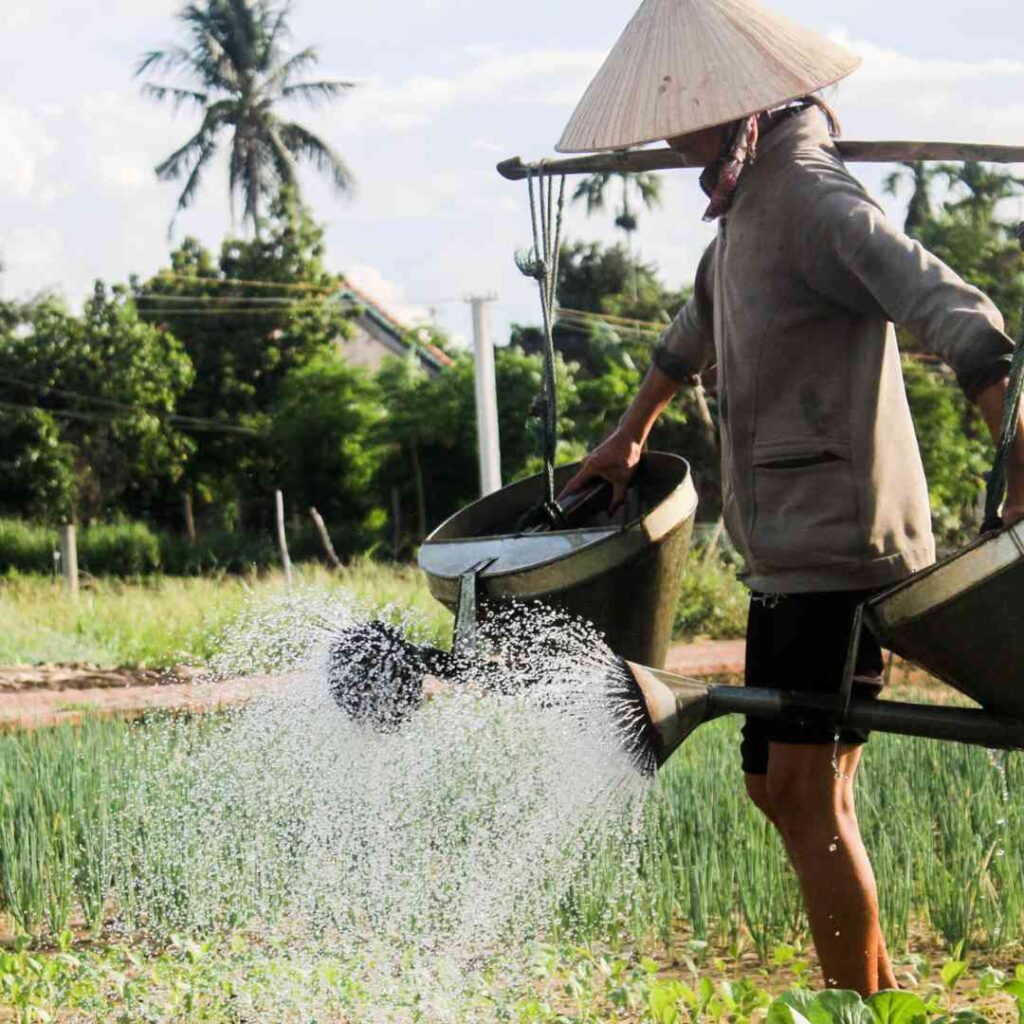
Answer – Many Filipinos are extremely hard workers.
Many think that the Philippines is a tropical island nation; they are not hard workers and just lay around on the beach all day. But this is not true. The Filipinos are extremely hard workers. Most are highly dedicated to working hard to help their families.
It can be quite common to hear a Filipino say; I need to help my younger sister, brother, niece, or nephew. Families are essential to Filipinos, so they will work hard to help their families.
Myth 8 – Filipinos Are All Happy-Go-Lucky
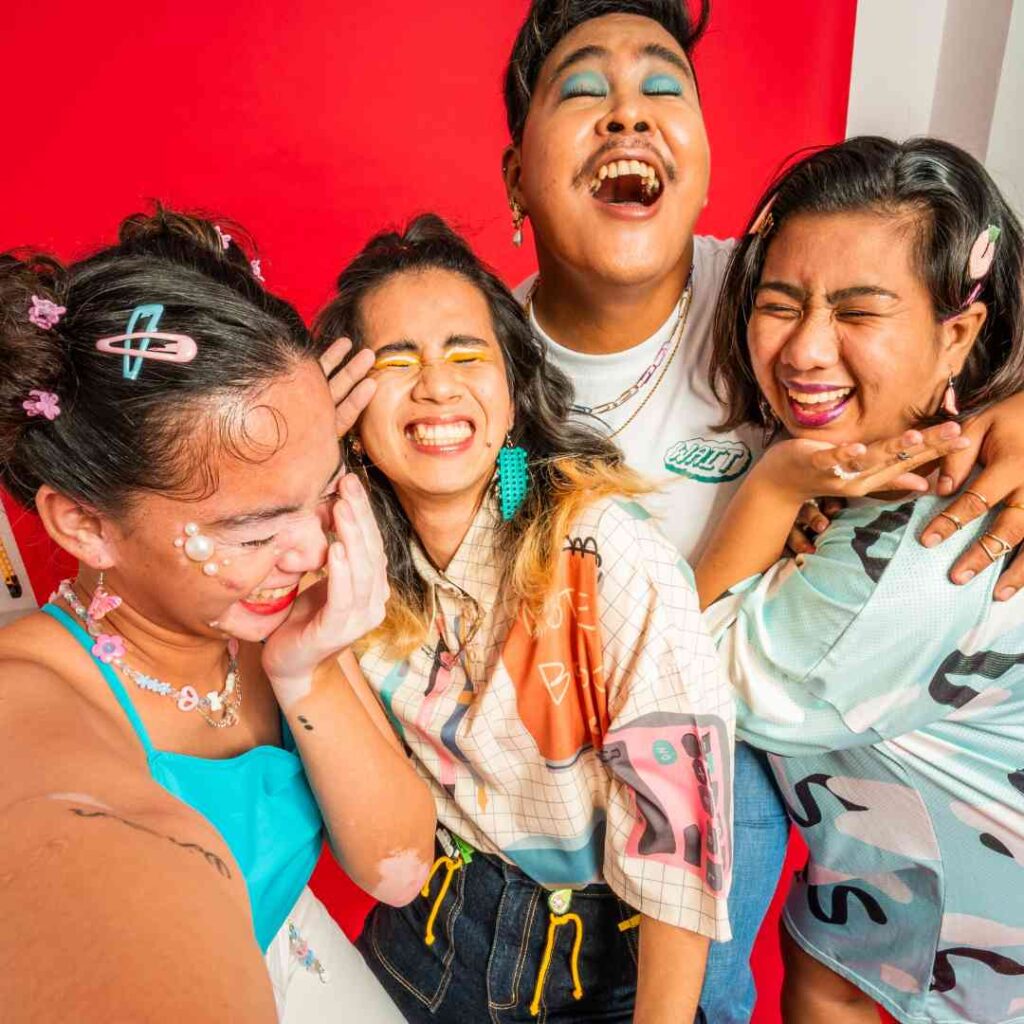
Answer – Many Filipinos are happy, but this does not make them happy-go-lucky.
Many see Filipinos as happy-go-lucky, which means they don’t have much direction in their lives and are just floating around in life – the truth is much different than that.
For many Filipinos, getting an education is very important. They may seem to have a happy-go-lucky attitude towards life and are smiling and happy, but many are driven and want to learn and get an education.
In the Philippines, over 91% of the population between 10 to 64 years old are considered literate. That translates that a large majority of the population is literate.
It also means that most people speak two languages fluently—Tagalog and English. I don’t think many Americans can say they speak two languages fluently.
Myth 9 – Filipinos All Want To Live In America
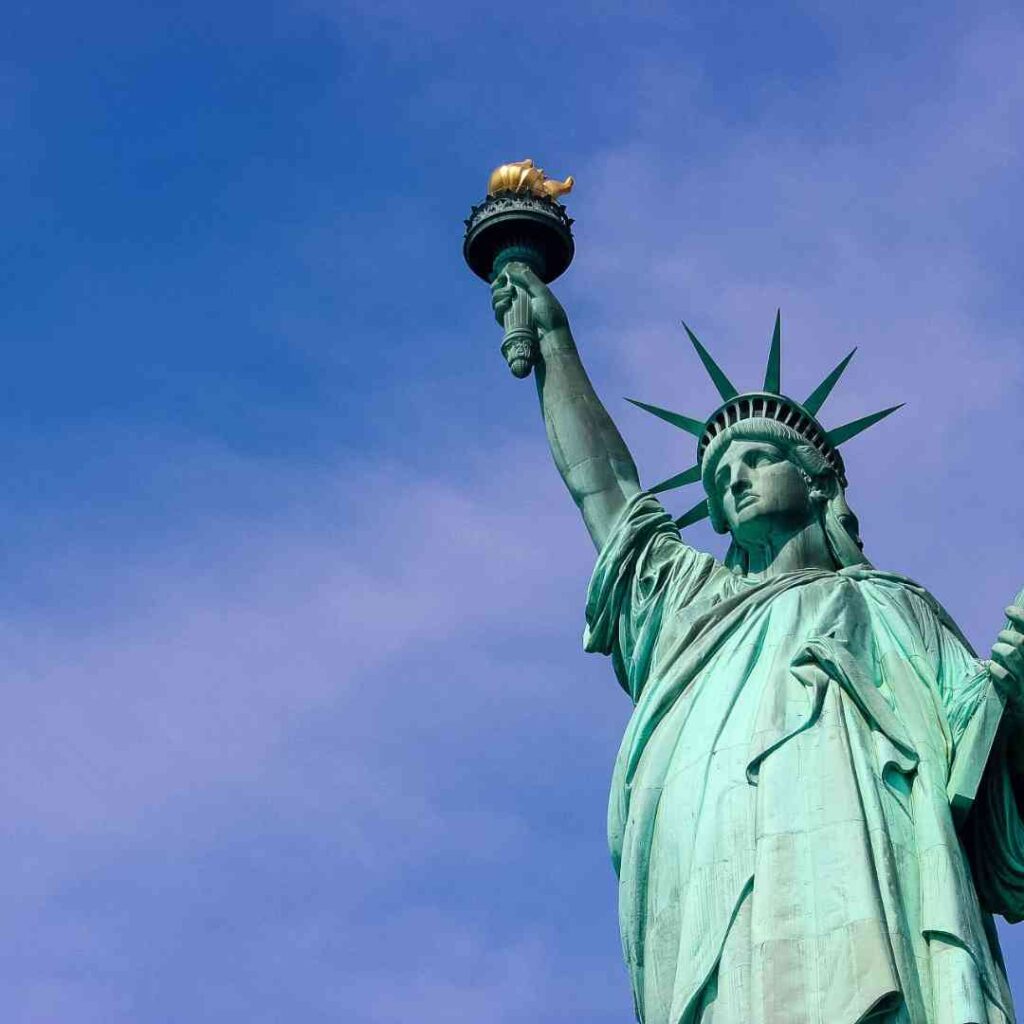
Answer – Many Filipinos are happy in the Philippines and have no desire to live in America.
Many people think that all Filipinos want to go and live in America, as there are many Filipinos in America. The Philippines was a U.S. Colony from the late 19th century to 1948. Of course, it’s only natural that many Filipinos, having lived under American rule, may want to live and work in America.
But not everyone wants to live and work in America. I know of many Filipinos who prefer to stay in the Philippines. Their family, church, culture, food, social life, and lifestyle are all in the Philippines; they are proud of their country, want to stay there, and do not intend to live elsewhere.
Myth 10 – The Philippine Has A Huge Muslim Population
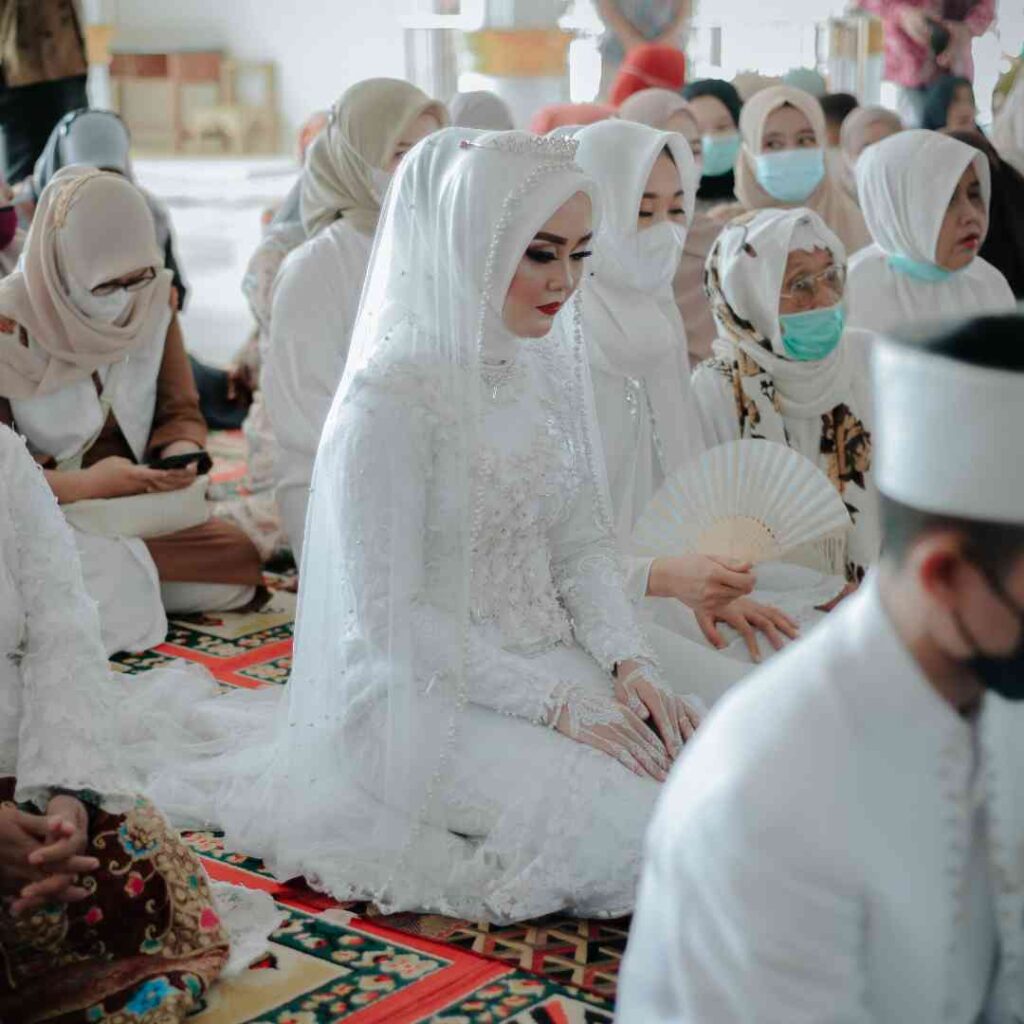
Answer – The majority of Filipinos are Christian, not Muslim.
There are parts of the Philippines that are predominantly Muslim, but most of the Philippines is Christian. The entire population of the Philippines, just over 6 %, is Muslim, while the rest are considered Christian. The largest population of Muslims lives on Mindanao Island; Mindanao Island is home to 94% of the Philippine Muslim population.
The largest religion in the Philippines is Catholicism. Over 86% of the population is considered Roman Catholic. The Spanish ruled the Philippines for 400 years. When the Spanish ruled the Philippines, they also brought Catholicism with them.
Listen To Our Podcast About
Beyond the Tropics: Navigating 10 Myths About The Philippines
Below or By clicking here.
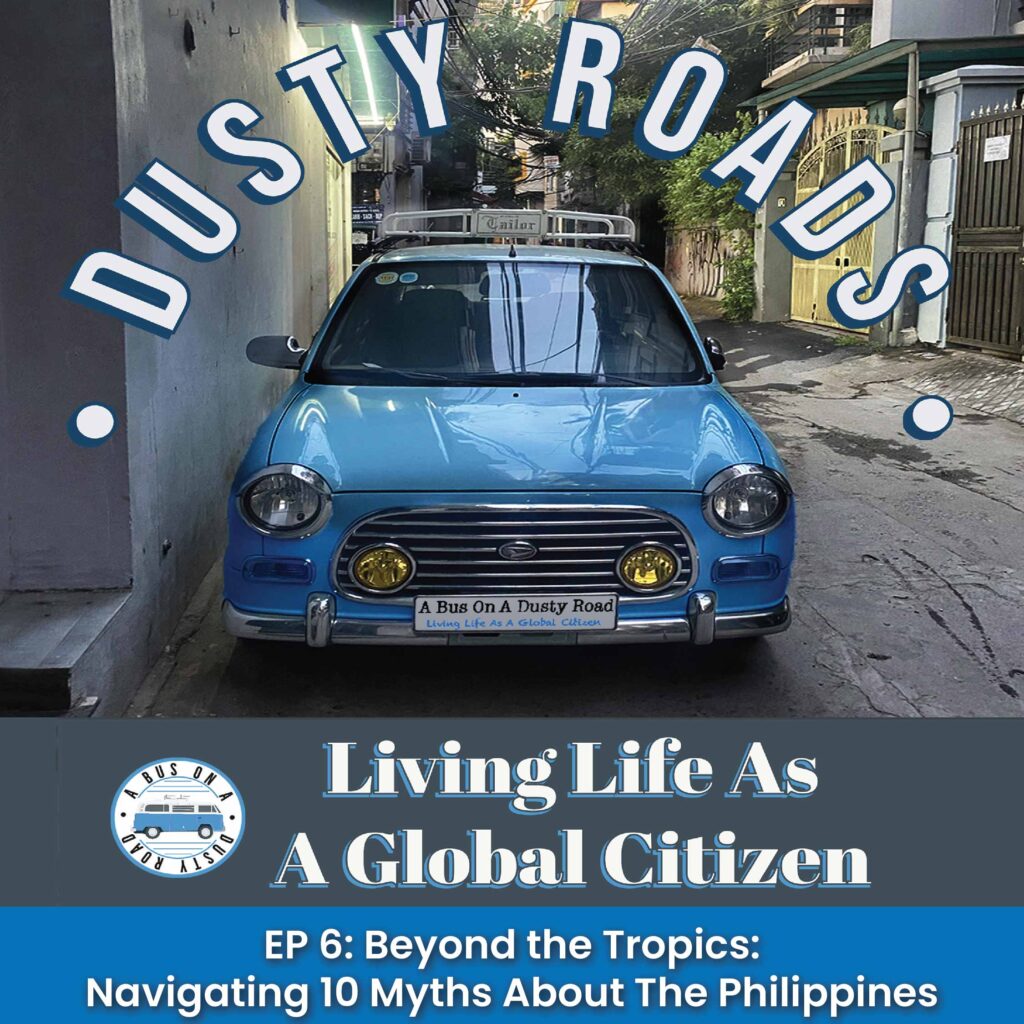
At A Bus On A Dusty Road, we talk about everything about travel, life, and ex-pat living. We are all about “living Life As A Global Citizen.”We explore social, cultural, and economic issues and travel.
We would love to have you be part of our community. Sign up for our newsletter to keep up-to-date by clicking here. If you have any questions, you can welcome to contact me, Anita, by clicking here.
Listen to our Podcast called Dusty Roads. You can find it on all major podcast platforms. Try out listening to one of our podcasts by clicking here.
Subscribe to our A Bus On A Dusty Road YouTube Channel filled with great videos and information by clicking here.
Related Questions
Why Is There No Snow In the Philippines?
It does not snow in the Philippines. Even the coldest recorded temperatures are not cold enough for snow. Because the Philippines is considered a tropical climate with moderate temperatures, the island does get a lot of rain. Climate change has caused the Philippines to have more fierce tropical storms.
You can learn more by reading Why Is There No Snow In the Philippines? by clicking here.
Why is Filipino spelled with an ‘F’ when the Philippines is spelled with a ‘Ph’?
When people look at the name Filipino, it can become confusing because it is spelled with an “F” and not with a “Ph” like the name of the Philippines. This has a lot to do with the Philippines ‘ history.
You can learn more by reading Why is Filipino spelled with an ”F”when the Philippines is spelled with a ”Ph” by clicking here.

